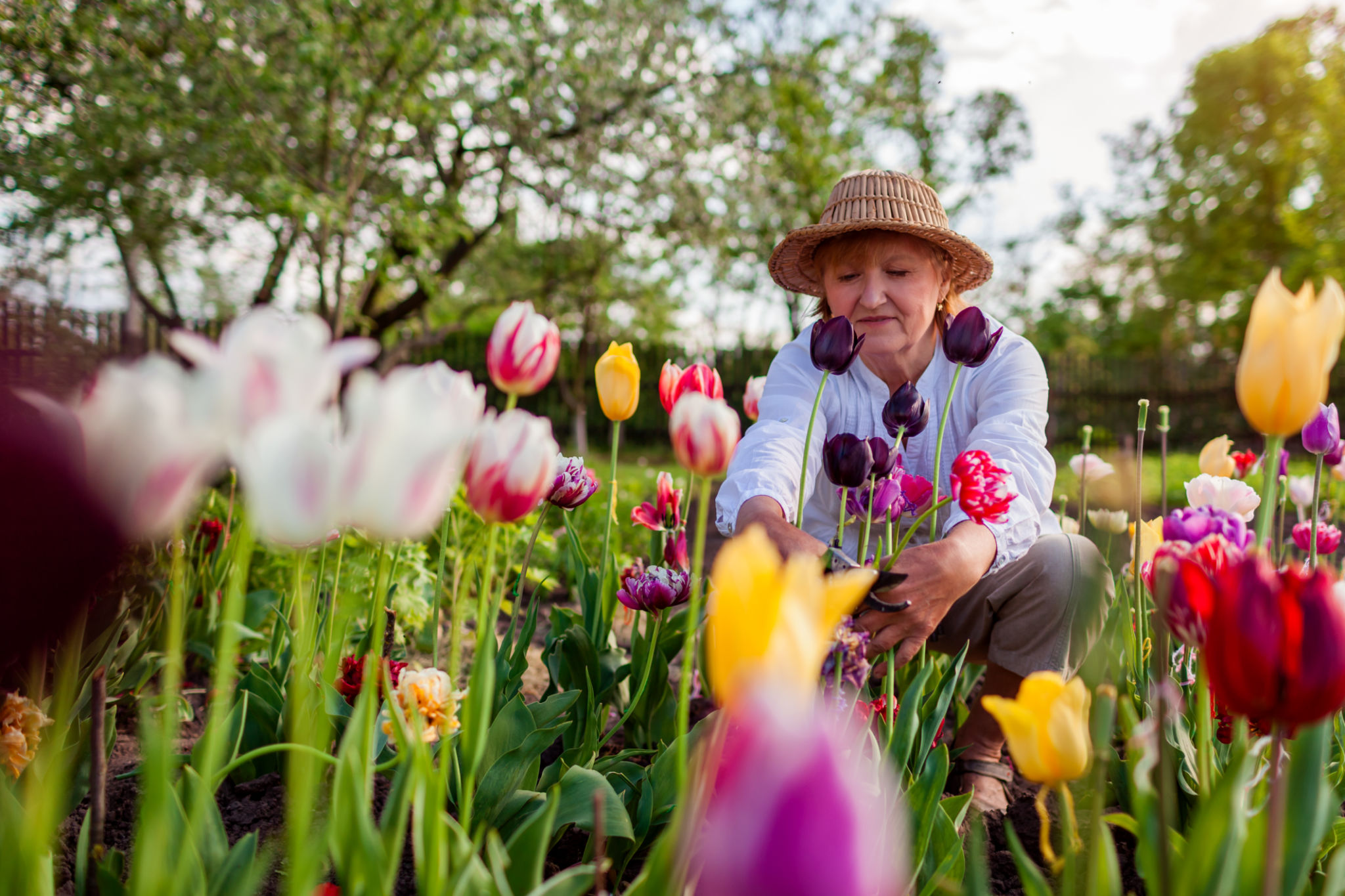Seasonal Learning Activities for Children: Engaging Mind and Body
Introduction to Seasonal Learning
As the seasons change, so do the opportunities for engaging children in both educational and physical activities. Each season offers unique experiences that can enrich a child's learning process while keeping them active and entertained. By integrating seasonal elements into learning, parents and educators can stimulate a child's mind and body, making education a holistic experience.
Spring: A Season of Growth and Exploration
Spring is a wonderful time to introduce children to the wonders of nature. As flowers bloom and animals become more active, there are countless opportunities to incorporate the outdoors into learning activities. Encourage children to start a small garden, allowing them to learn about plant growth and responsibility.

Science and Nature
Spring is perfect for science experiments related to weather patterns, plant life cycles, and animal behaviors. Take a nature walk and encourage children to observe and document the different species they encounter. This not only teaches them about biodiversity but also hones their observation skills.
Art and Creativity
Harness the vibrant colors of spring by engaging children in art projects that use natural materials. Leaf rubbings, flower pressing, or creating collages with found objects from nature can be both educational and fun. These activities help develop fine motor skills and foster creativity.

Summer: Embracing the Great Outdoors
Summer is synonymous with outdoor adventures. It's a time when kids can enjoy the sun while participating in activities that challenge their physical abilities and encourage teamwork. Organize scavenger hunts or orienteering activities in local parks to teach children map-reading and problem-solving skills.
Physical Education
Swimming is a quintessential summer activity that promotes physical fitness and water safety awareness. Enrolling children in swimming lessons can help improve their coordination and stamina while instilling confidence in the water.

Math and Critical Thinking
Incorporate math into daily activities by setting up lemonade stands where children can practice counting money and making change. This real-world application of math teaches them financial literacy in a fun and engaging way.
Autumn: Harvesting Knowledge
Autumn is a season of harvest, making it ideal for lessons on agriculture and nutrition. Visiting local farms or orchards can provide hands-on experiences for children to learn about food production and healthy eating habits.
Literature and Storytelling
The autumnal atmosphere is perfect for cozy storytelling sessions. Encourage children to read books related to fall themes or create their own stories inspired by the changing landscape. This enhances their vocabulary and creativity.

Cooking and Chemistry
Engage children in simple cooking projects using seasonal produce. This not only teaches them basic cooking skills but also introduces concepts of chemistry, such as how heat changes substances. Baking pumpkin pies or making apple cider can be educational and delicious!
Winter: Indoor Adventures
Winter brings cold weather, but that doesn't mean learning has to hibernate. Indoor activities can be just as enriching as those done outside. Encourage children to explore physics through building projects with blocks or LEGOs, which enhances their spatial awareness and engineering skills.
History and Culture
The winter months are perfect for exploring history and cultural traditions from around the world. Celebrate different holidays with crafts and stories that teach children about global customs and diversity.

Music and Movement
Keep children active indoors by incorporating music and dance into their routine. Learning new dance styles or playing musical instruments can improve coordination and rhythm while providing a creative outlet for expression.
Conclusion: Embracing Seasonal Learning
Seasonal learning activities offer endless possibilities to engage children's minds and bodies throughout the year. By embracing what each season has to offer, parents and educators can create an enriching environment where children thrive academically, physically, and creatively. Remember, the key is to make learning fun and relevant to the world around them!
